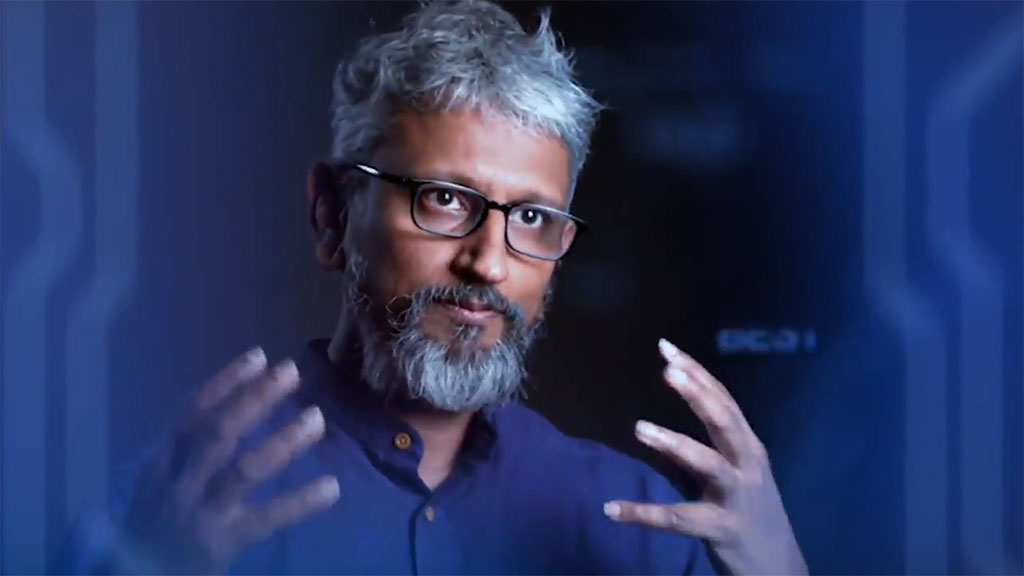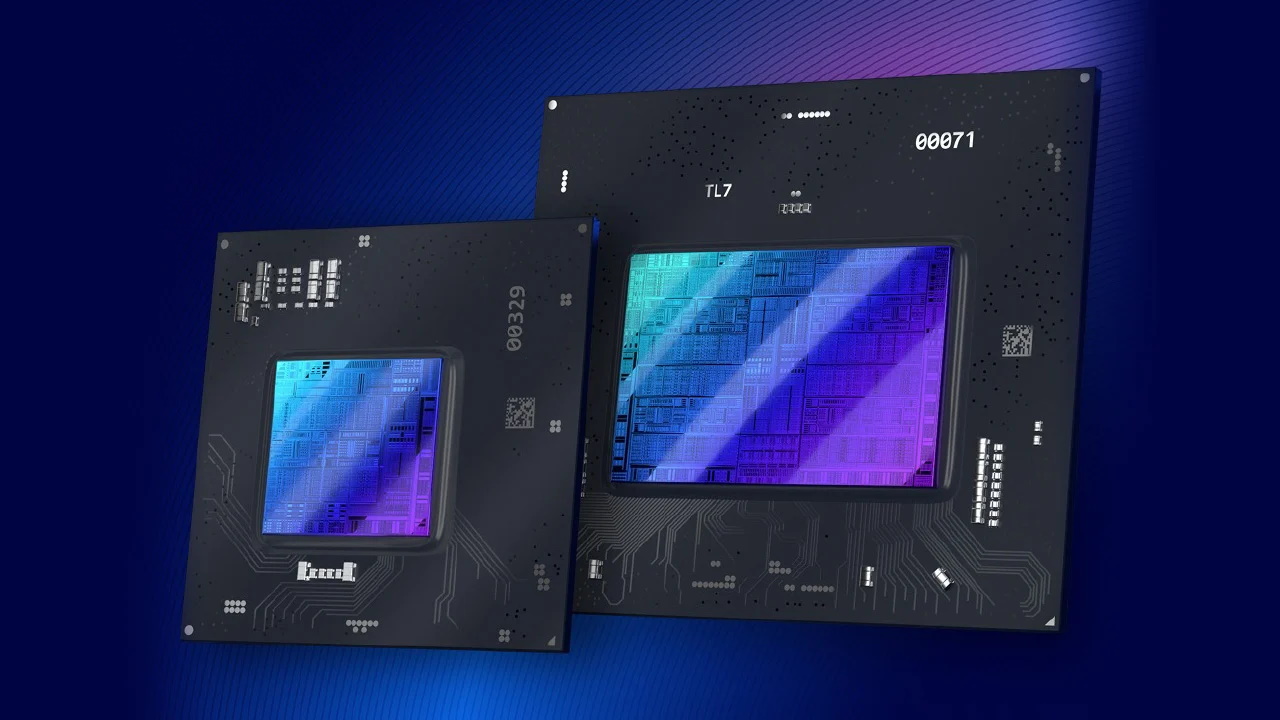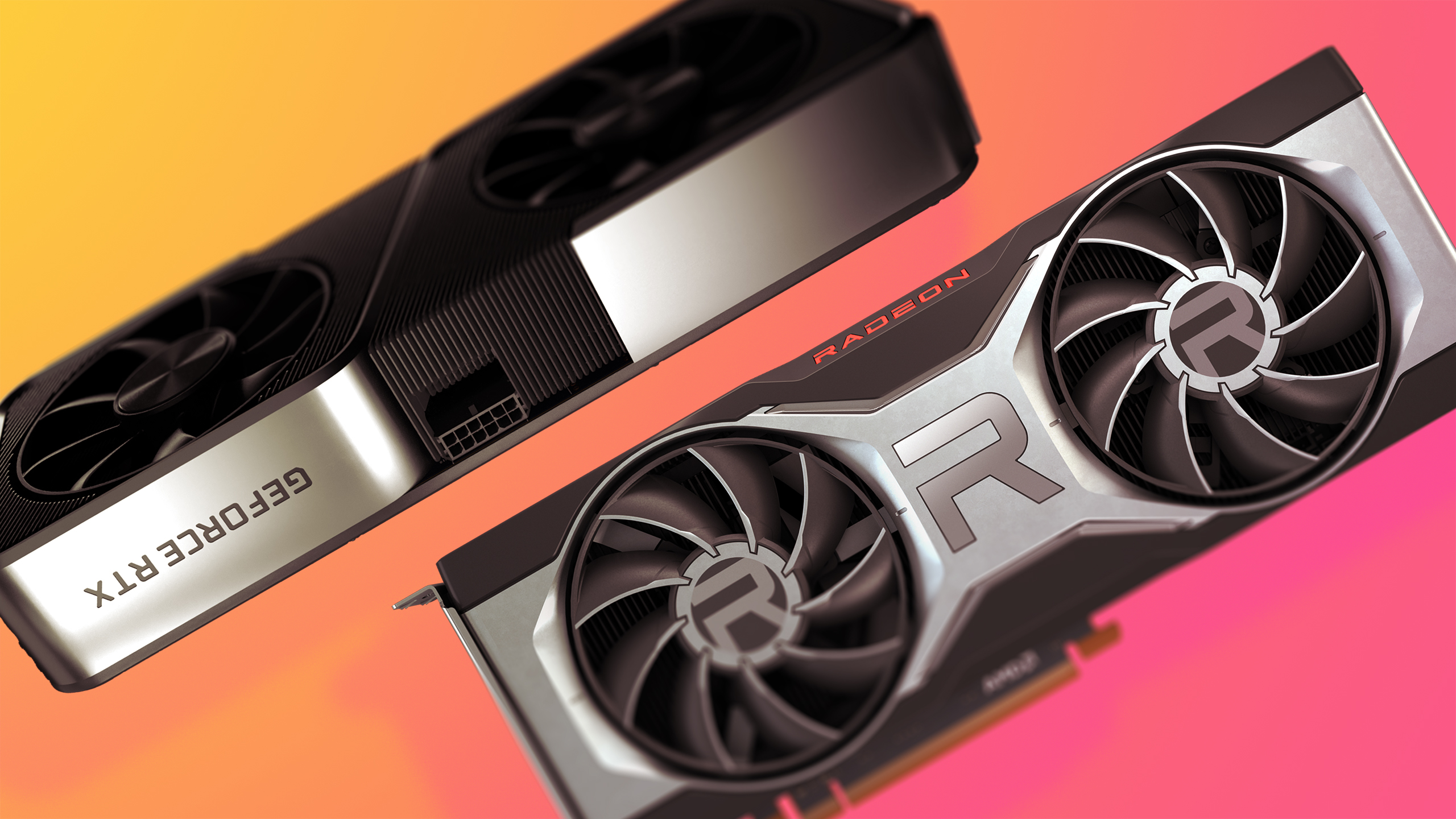Intel confirms it won't limit cryptocurrency mining on its new Alchemist graphics cards
Though Raja admits "I'm not going to say I have enough supply in this high-demand market."

In a recent round table interview about its Arc Alchemist GPUs, Intel revealed that it won't be employing any hardware or software limiters or locks to dissuade cryptocurrency miners. This could be seen as something of a missed opportunity for Intel, as Nvidia's hash rate limiter has been welcomed by gamers, despite the numerous hacks to unlock it.
In Intel's defence, these new GPUs are purely focused on gaming, not on trying to dissuade certain parties. As Intel's Roger Chandler says, "we're not designing this product or building any features at this point that specifically target miners." So while there won't be anything there to dissuade miners, there's nothing that's particularly attractive to them either.
There's also the fact that most mining is done via Linux operating systems and Intel's Linux drivers are all open source. Which means, like AMD, if it wants to have any form of hash rate limiter that can function in the Linux world it would need to switch to proprietary drivers.
Even so, as we've seen for much of the last year, that hasn't stopped cryptocurrency miners from scooping up pretty much every gaming GPU that has been released, putting them to work down the digital crypto mines. While we still have hopes of Ethereum mining coming to an end soon, this hasn't materialized so far.

The interview, which you can find over on Gadget 360, has a smattering of other interesting nuggets, and is well worth a read. Along with the revelation about the lack of mining locks, Intel's Raja Koduri answered a question on where there would be a sufficient supply of Arc GPUs at launch, and it's not necessarily great news.
"I'll always be very cautious, when the demand is so high and when the market is so hard. I can always use more supply. So I'm not going to say I have enough supply in this high-demand market," admitted Raja, although as he finished, it sounds like he's just being realistic, "I think every one of my competitors will say the same thing right now."
It's tough for Intel, or anyone for that matter, to gauge interest in its first discrete GPU in years, but given the state of the market, and assuming it's at least reasonably competitive, you'd have to assume that there's going to be plenty of interest in Alchemist.
Keep up to date with the most important stories and the best deals, as picked by the PC Gamer team.
Having another player in the market is great, but only if there's stock to support the launch.

How to buy a graphics card: tips on buying a graphics card in the barren silicon landscape that is 2021
Intel also talks about the XeSS game support. "We are actively working with dozens and dozens of studios right now," states Roger Chandler and that "You should expect a very healthy collection of games to support this, and that will grow aggressively over time."
One question that still hangs over Intel's ability to deliver a competitive gaming GPU is on the software front. Ask whether Intel was committed to a driver release schedule for its GPUs, Chandler responded, "Yes. Also, just you know, making sure [we] release updates associated with some of the major titles coming out as well, because there's a lot of great work we can do there."
Alan has been writing about PC tech since before 3D graphics cards existed, and still vividly recalls having to fight with MS-DOS just to get games to load. He fondly remembers the killer combo of a Matrox Millenium and 3dfx Voodoo, and seeing Lara Croft in 3D for the first time. He's very glad hardware has advanced as much as it has though, and is particularly happy when putting the latest M.2 NVMe SSDs, AMD processors, and laptops through their paces. He has a long-lasting Magic: The Gathering obsession but limits this to MTG Arena these days.


